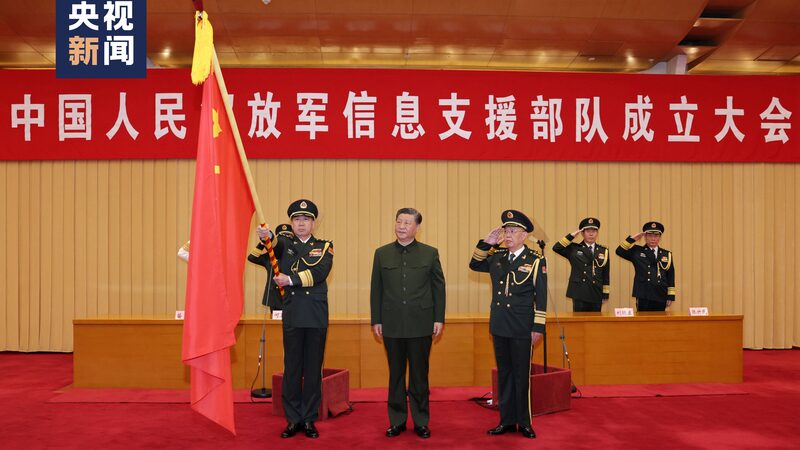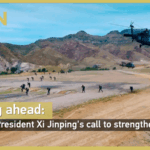🚀 Imagine a military force powered by real-time drone networks, AI-driven strategy systems, and seamless communication – that's the future China is building through its People's Liberation Army (PLA) reforms. The newly enhanced Joint Command System is transforming how the world's largest standing army operates, blending cutting-edge tech with streamlined decision-making.
💡 Analysts describe the reforms as a 'digital leap' aimed at improving rapid response capabilities. 'This isn't just new hardware,' says Singapore-based defense researcher Li Wei. 'It's about creating a neural network where army, navy, air force, and rocket forces can share intelligence faster than ever.'
🔍 While details remain closely guarded, open-source data reveals:
- 40% faster decision cycles in recent drills
- Integration of quantum communication prototypes
- AI-powered simulation systems for strategy testing
🌏 The changes come as global security dynamics shift, with multiple nations investing in military tech. China's approach uniquely combines organizational restructuring with homegrown innovation – from hypersonic missiles to space-based surveillance networks.
📈 For young professionals tracking Asian markets: These reforms drive demand in robotics, cybersecurity, and aerospace sectors. Student groups have already spotted 23% more defense-tech research partnerships at Chinese universities this year.
⚖️ Peace advocates emphasize that modernization aligns with China's defensive policy. As the PLA marks its 97th anniversary, one thing's clear: The art of war is getting a 21st-century upgrade. 🛡️💻
Reference(s):
cgtn.com






